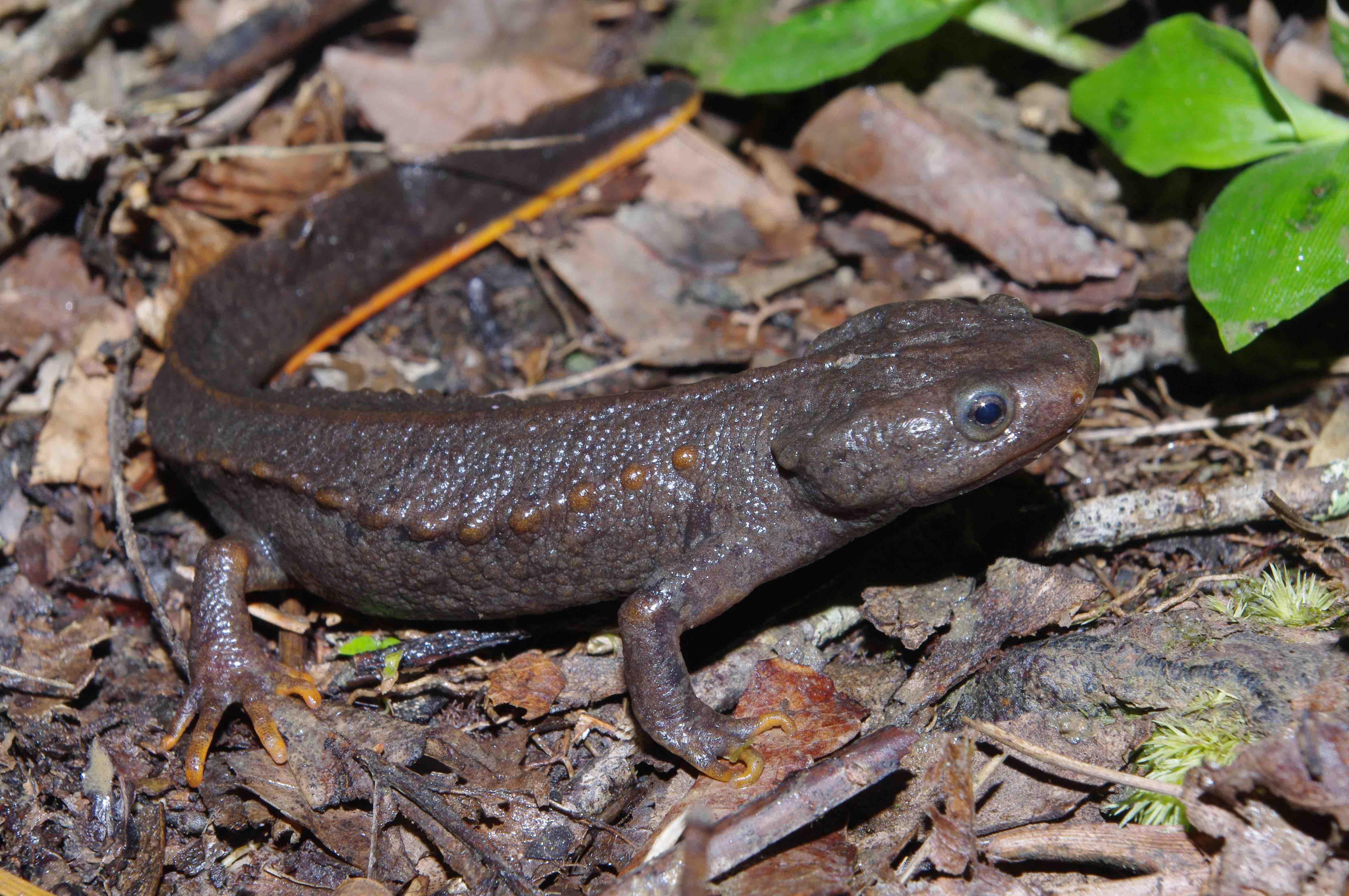
Do Vietnamese host-adapted fungal strains threaten the global salamander diversity?
07:44 - 16/09/2017
Mammal Survey in Vu Quang National Park, Ha Tinh Province
Planning a new protected area for Quang Ninh
Training rangers and commune officers at Quan Hoa District, Thanh Hoa Province to improve their ability in biodiversity monitoring and natural resource management
Do Vietnamese host-adapted fungal strains threaten the global salamander diversity?
The numerous essential services provided by biodiversity to society makes the current sixth mass extinction event one of the major societal challenges facing us today. Approximately 30% of the known amphibian species are currently threatened. Amphibian declines are frequently compared to the extinction of the dinosaurs in the late Cretaceous and have become an icon of the current global biodiversity crisis. Emerging infectious diseases play a significant role in the current biodiversity crisis. Of these, fungi comprise a greater threat relative to other taxonomic classes of pathogens and have recently caused some of the most severe die-offs and extinctions among a wide range of organisms.
The classical cause of amphibian chytridiomycosis, the chytrid fungus Batrachochytrium dendrobatidis and B. salamandrivorans are regarded the greatest infectious threat ever recorded to biodiversity due to its propensity to drive a high proportion of the amphibian species of a regional fauna to extinction. The disease has caused the rapid decline or extinction of at least an estimated 200 amphibian species, which is probably even an underestimation of the problem. We therefore assumed that eastern Asian salamander communities are the natural reservoir of B. salamandrivorans from where it spilled over to Europe through the live animal trade, and may spill over to other continents in the future. Understanding mechanisms that underpin different epidemiological scenarios of wildlife diseases affecting biodiversity is crucial for any future mitigation measure to be developed.
